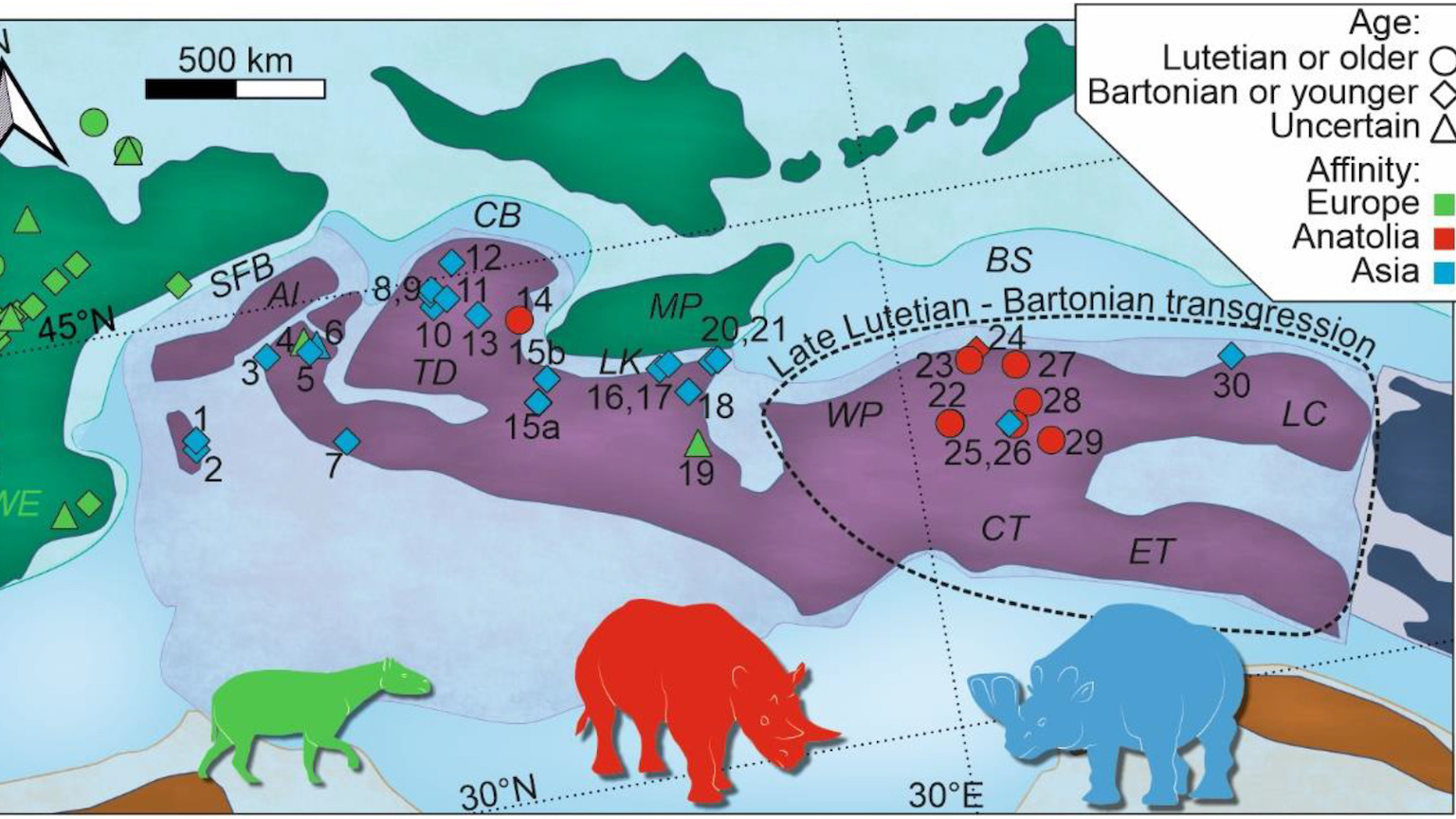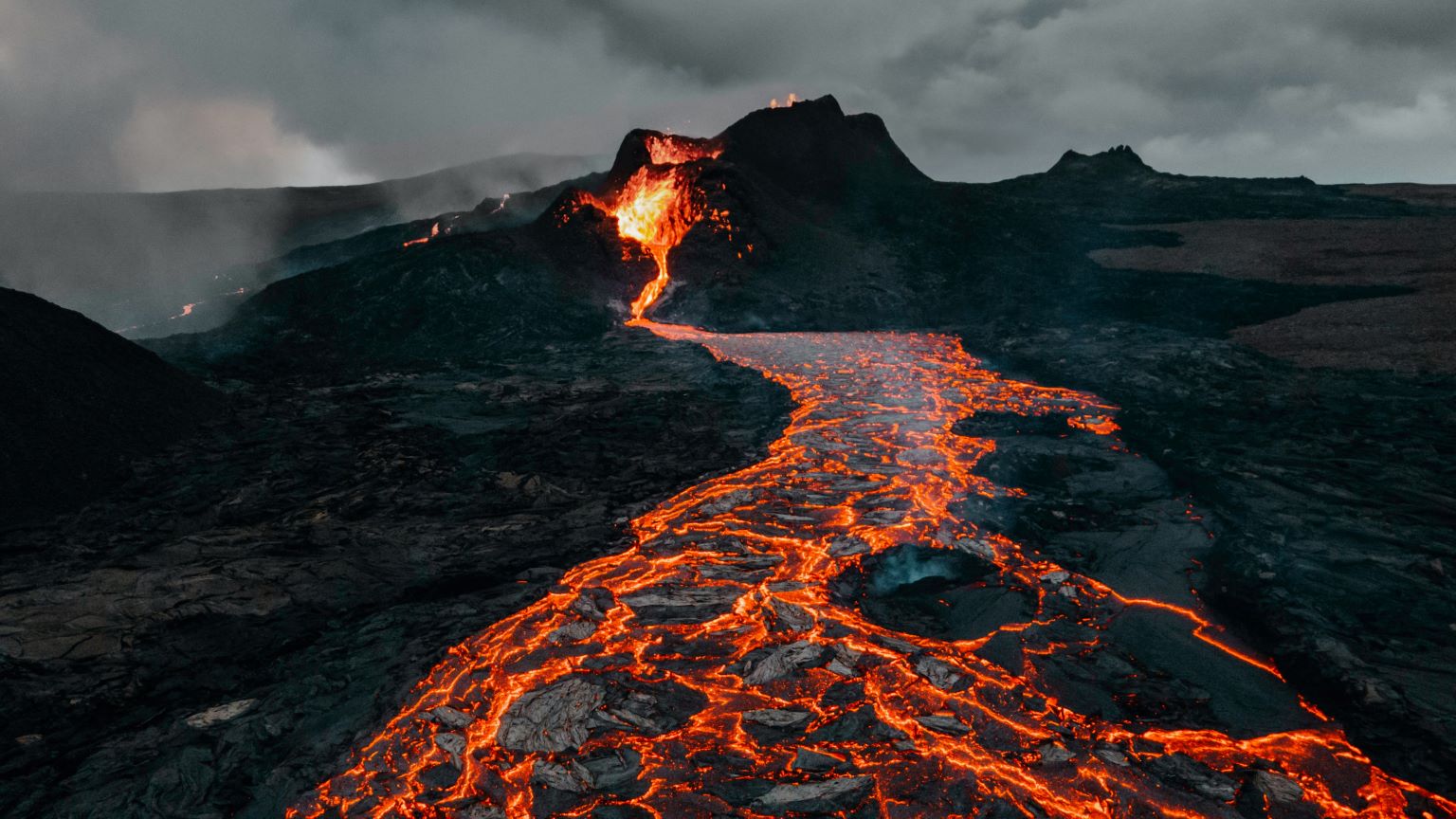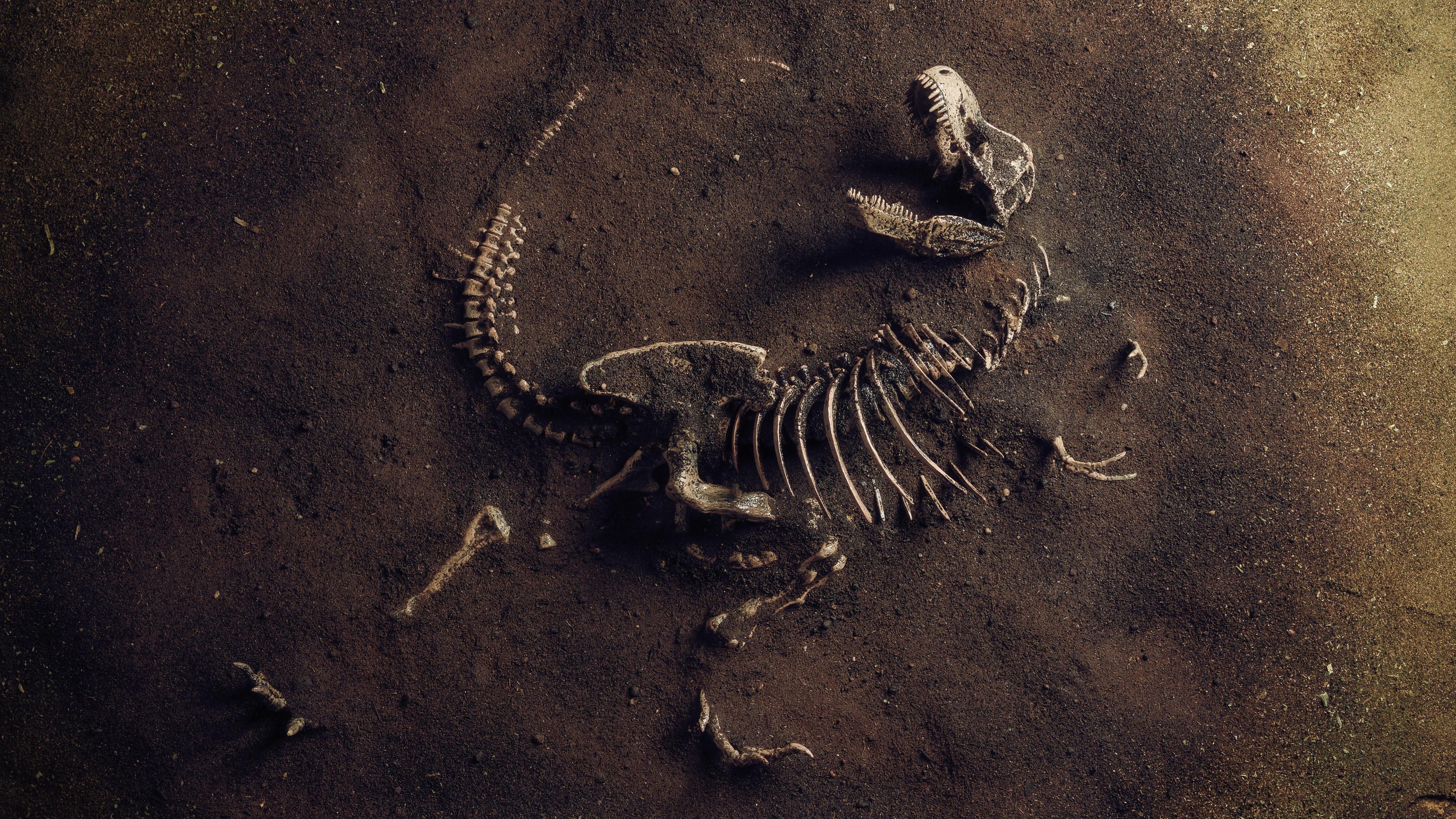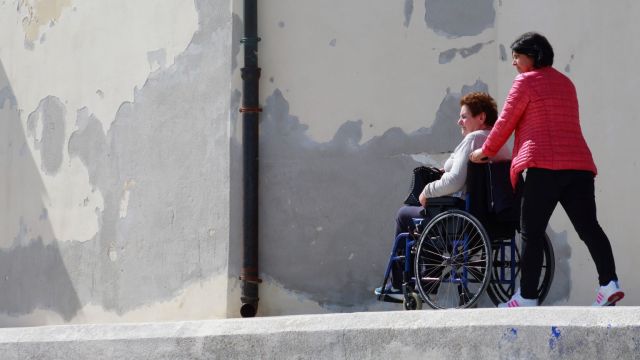How asteroids bombarded Earth and built the continents
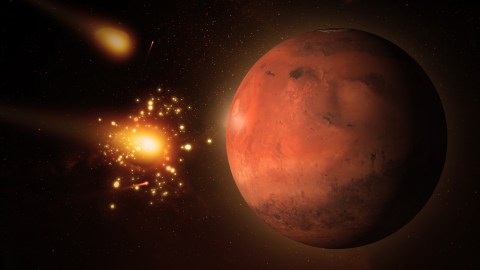
- The Earth, 4.5 billion years old, is the only planet we know of that contains continents. Researchers have long thought that the formation of continents was related to a period of intense asteroid strikes but lacked definitive proof.
- New research presents significant evidence to demonstrate that the oldest continental remnants were formed after massive asteroid impacts.
- The breakthrough adds legs to a long-standing theory and holds implications for how life may develop on other planets.
Around four billion years ago, the Earth’s surface was almost entirely covered in water. Today, it is the only planet we know of that contains continents — the landmasses that terrestrial-based life call home. So, how did the Earth transform from a global ocean into a planet where the majority of biomass lives on solid ground?
Most researchers think that the formation of continents is related to a massive bombardment of asteroids, some of them as large as hundreds of kilometers in diameter, that plagued the entire solar system between 4.1 billion and 3.8 billion years ago. Coined the Late Heavy Bombardment, this process would have seen great quantities of absolutely colossal celestial bodies collide with planets including Mercury, Venus, Earth, and Mars. Scientists largely agree that the Late Heavy Bombardment did happen, but definitive proof remains elusive.
A floating granite crust
Based on crater densities on the moon and other solar system bodies, researchers posit that these impacts began to let up between 3.9 billion and 3.5 billion years ago. They did not form continents on the Moon. But the Earth, much greater in size and stronger in gravitational influence, was also covered in water, a crucial detail. When the dark basalt of the Earth’s mantle melts and interacts with water, the process creates a granitic continental crust that can float. Scientists agree that these great impacts thus should have provided a mechanism for fracturing the Earth’s crust and melting the mantle.
Along with this consensus, researchers point to a curious coincidence: Our most ancient preserved continental crust is between 3.9 billion and 3.5 billion years old, coinciding with the end of the Late Heavy Bombardment.
Now, researchers from Curtin University have finally provided the first evidence to back up the scientific consensus. Their work indicates that the relationship between the Late Heavy Bombardment and the age of the Earth’s crust is more causal than coincidental. The team published their findings last month in the journal Nature.
Earth’s most ancient and pristine continental fragment, or craton, is the Pilbara Craton in Western Australia. Like other cratons, Pilbara is made of ancient, crystalline basalt rock. Among these crystals is zircon, a mineral with a very high melting point of 800° C that geologists use to measure how rocks and water interact.
Giving oxygen to the theory
Tim Johnson, a researcher from Curtin’s School of Earth and Planetary Sciences, led the effort to study the composition of oxygen isotopes in these crystals. This is a reliable method to determine the age of the crystals and the metamorphic processes related to their formation. Specifically, the researchers look at the relative amounts of oxygen-18 and oxygen-16, which differ in their number of neutrons. Most oxygen in the mantle is made of oxygen-18. If the ratio of oxygen-18 and oxygen-16 in mantle-derived magma differs from typical values, it is considered robust evidence for crustal contamination. In other words, researchers can trace when igneous rock such as granitic crust, which is more rich in oxygen-16, began to form.
In this case, the oxygen isotopes allowed researchers to tease apart the three major stages by which the Pilbara Craton was formed and evolved. First, many zircon crystals formed in a way that scientists associate with a partial melting of the Earth’s crust. The researchers think this melting was related to the Late Heavy Bombardment, which would have caused the crust to heat tremendously upon impact. Second, the foundation of the crust, or the crust nucleus, stabilized. Third, it experienced a period of melting and became thick cratons, thus creating the foundations of the supercontinent Pangea.
Researchers now have substantial evidence that the cratons formed because the asteroids that struck the Earth’s surface were large enough to generate the heat needed to melt the crust. These giant impacts added the huge quantities of energy needed for metamorphic processes such as the melting of the basalt mantle to occur and create a stable mass that had a chance for long-term survivability. But when the giant impacts kept coming, many of the continental remnants that were beginning to form were recycled back into the mantle. Later, when the flux of large impacts declined, new remnants were allowed to develop without disruption, becoming the continents.
The team plans to continue to examine ancient rocks across areas like the Pilbara Craton to discover if these findings are reflected across the planet. If the team’s conclusions are correct, there are 34 other known cratons that should show evidence of similar formation patterns in their oxygen isotopes. The continents on Earth are crucial to supporting everything we do. Understanding how they form allows researchers to make educated inferences about how they may evolve and change over time — pretty important information for us, and indeed for all terrestrial creatures.
Plus, the continents and the crust are where we find important metals like lithium, tin, and nickel — elements that, as Johnson said in a statement, “are essential to the emerging green technologies needed to fulfill our obligation to mitigate climate change.”
Destruction breeds continental creation
The implications of the Pilbara Craton research also have many thinking that maybe collisions with giant astral bodies have earned an unfair reputation for being life-destroying. Such events have yet to recover from the public-relations disaster of the Chicxulub impact, which wiped out the dinosaurs.
As it turns out, large-scale, colossal collisions might be life-affirming as well. Think about it — we know of only one planet that has continents, and we also know of only one planet that has life.
The authors stress this idea at the end of their paper, writing that “impact events [with water] may be a prerequisite for producing habitable environments in the solar system and beyond. “
